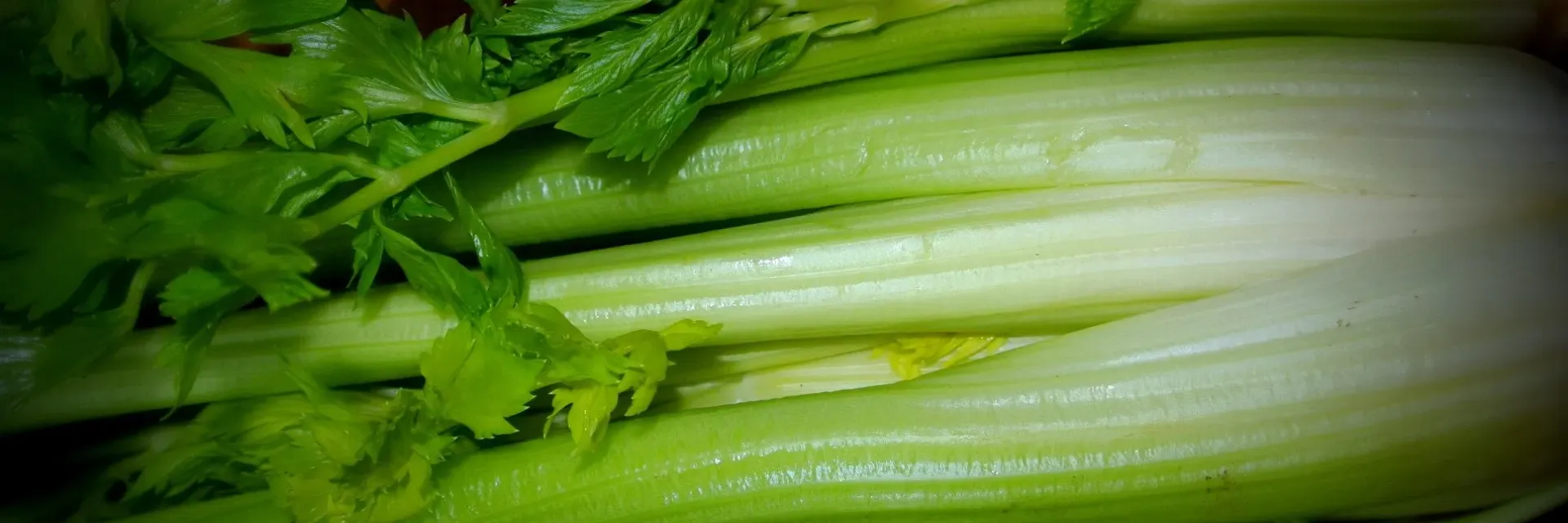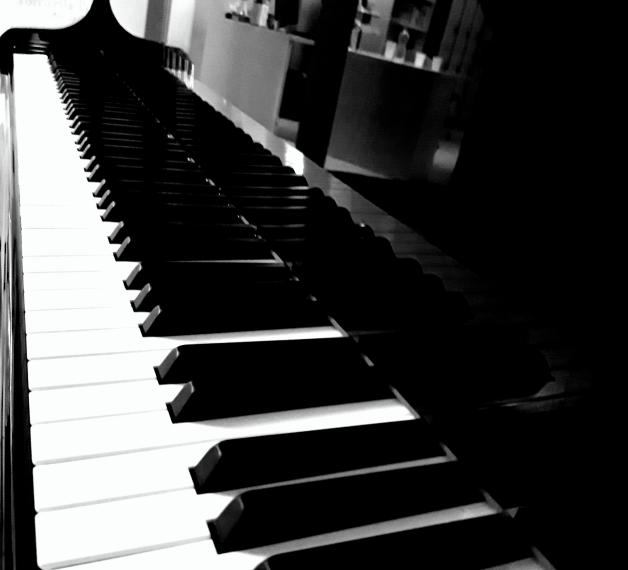Torricella Peligna
Discover Torricella Peligna:
- John Fante: the Festival and the Media Library
- Civic Museum of Torricella Peligna, archaeology
- Civic Museum: the mistery of the Mummy of Torricella Peligna
- The Municipal Pinewood and the “Angel of Victory”
- Park of Remembrance, “Garden of the Righteous”
- Alba De Céspedes, Italo-cuban writer and partisan refugee in Torricella Peligna
- Vincent Persichetti, Italian-American Musician
- House of Vincenzo Tobia Bellini
- Ettore Troilo, founder of Brigata Maiella
- Piazza Unità d’Italia and Mingo Fante, the “good bandit” of Maiella
- Lelio Porreca: the pioneer of Maiella National Park
- Alessandro Madonna, the “judge-poet” passionate of archaeology
- Silvio D’Amico, the founder of the National Academy of Drama Art
- Parish church of San Giacomo Apostolo. The bell tower
- The Memorial Tower and the Monument to Peace
- The fountain in Coste and the Black Celery of Torricella Peligna



